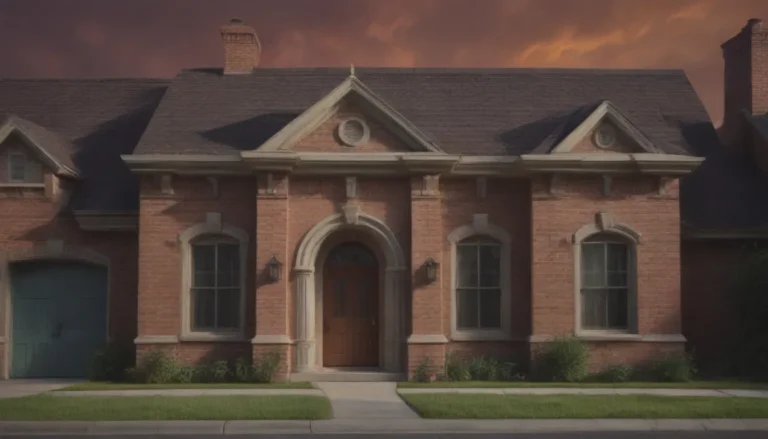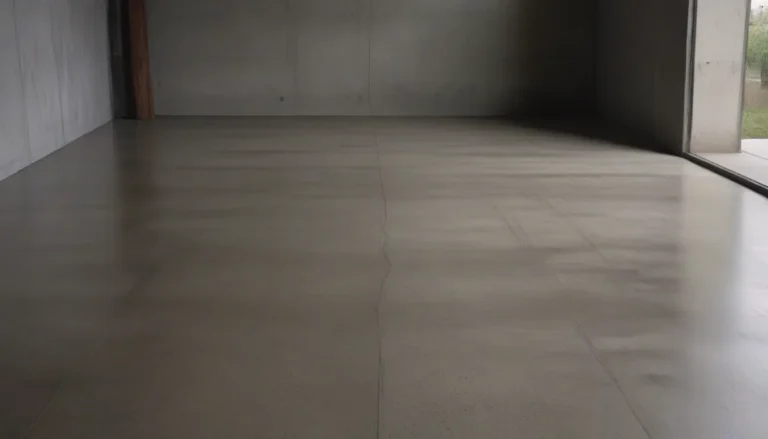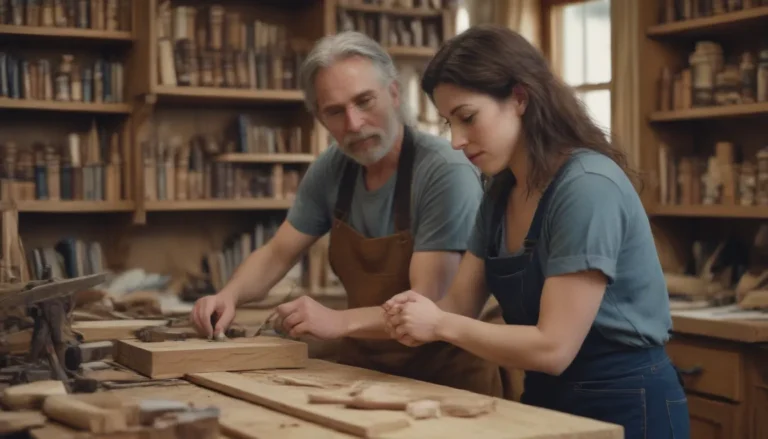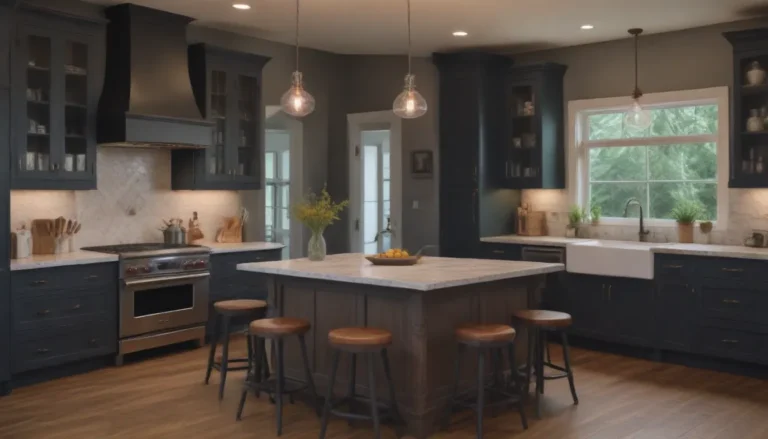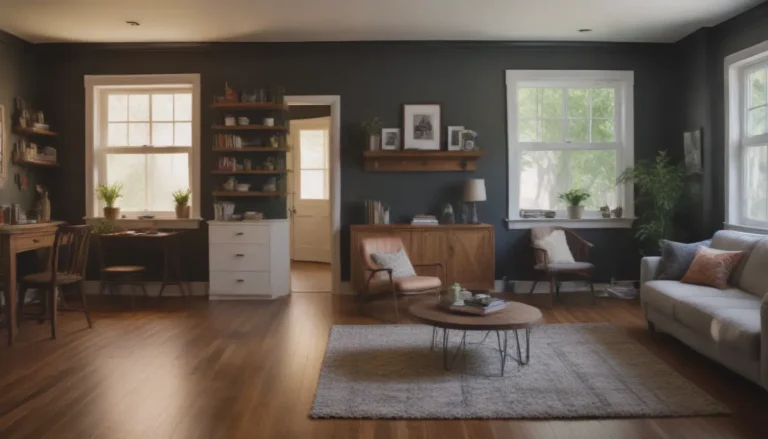Everything You Need to Know About Building Raised Beds for Gardening

Are you considering starting a garden but have poor soil or excessive rainfall in your area? Raised bed gardening might be the solution you need. While it’s often associated with home gardeners, even small farmers and homesteaders can benefit from raised bed gardening.
Benefits of Raised Beds
Here are some key advantages of using raised beds for gardening:
- Improved drainage and soil fertility
- Faster warming of soil in spring
- Soil is never compacted from walking on it
- Reduced weed problems, especially with a weed-free soil mix
- Versatility in what you can grow, from fruits to vegetables, herbs, and flowers
Raised beds can truly transform your gardening experience by providing an optimal environment for your plants to thrive.
Materials for Raised Beds
When it comes to building raised beds, there are various material options to choose from. Here are some common choices:
Wood for Raised Beds
- Cedar: Rot-resistant and a popular choice for raised beds
- Hemlock: A cost-effective alternative to cedar
- Juniper and Redwood: Other suitable wood options
Avoid using pressure-treated wood, as it may leach harmful chemicals into the soil over time.
Other Materials
- Concrete blocks, natural stone, or brick
- Recycled plastic boards, like those used for decks
- Bales of hay or straw (which can be composted after use)
Selecting the right material for your raised beds will depend on factors such as cost, availability, and personal preference.
Size and Depth of Raised Beds
Determining the size and depth of your raised beds is crucial for efficient gardening. Here are some guidelines to keep in mind:
- Width: Ideally, aim for three to four feet wide to allow access from all sides
- Length: Raised beds can be as long as desired, but limiting them to 8 to 24 feet makes crop rotation easier
- Depth: Raised beds should be at least 6 inches deep, but can go up to 36 inches depending on your plants’ root systems
By following these size and depth recommendations, you can create an optimum growing environment for your plants.
How Many Raised Beds Do You Need?
The number of raised beds you require depends on factors like your budget and desired yield. Whether you’re aiming for food self-sufficiency or planning to sell produce, here are some considerations:
- Homesteader: Roughly 700 square feet of growing space per person is a good starting point
- Market Gardener: Would need even more space for increased production
For a standard raised bed size of 4 feet wide by 8 feet long, you may need 22 beds per person. Don’t be overwhelmed by the prospect of building numerous beds – you can start small and add more each season.
Remember to plan and build your raised beds well in advance of the growing season. This preparation ensures that your beds are ready for planting when spring arrives.
As the Texas A&M Agrilife Extension Service states, “Building a Raised Bed Garden” lays the foundation for successful gardening through proper planning and execution of raised bed structures.
